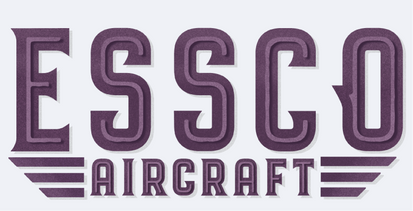
The Stits SA-2A Sky Baby: The Tiny Biplane That Pushed Aviation Limits
The history of aviation has been full of wild ideas, but few are as delightfully quirky as the Stits SA-2A Sky Baby—one of the smallest biplanes ever built. Designed more for proving a point than practical use, this tiny aircraft still holds a special place in aviation history.
Built for the Record Books
In 1952, aviation designer Ray Stits teamed up with pilot Robert H. Starr to create something truly unique: a fully functional, record-setting, ultra-small biplane. At just 7 feet 2 inches in wingspan and 9 feet 10 inches in length, the Sky Baby looked more like a scaled-down stunt plane than something that could actually fly. But it did! Their goal? To claim the title of the world’s smallest piloted biplane—and they succeeded.

Photo Credit: National Air & Space Museum
What Was the Point?
The Sky Baby was designed as an engineering challenge—a way to see just how small a manned biplane could be while still being airworthy. Flying it wasn’t easy, though. With such a tiny wingspan and control surfaces, it was incredibly sensitive to pilot input.
Why It Didn’t Take Off (In More Ways Than One)
As cool as the Sky Baby was, it had some pretty obvious limitations:
1. Tricky to Fly – With such a compact frame, the aircraft was unstable and highly responsive, making it more of a handful than most pilots would want.
2. No Real Use Case – It was fun for breaking records, but beyond that? Not a practical ride for weekend flyers.
3. Aviation Had Moved On – By the 1950s, engineers were chasing speed and efficiency. A tiny, hard-to-fly novelty plane wasn’t high on anyone’s wish list.
The Sky Baby’s Legacy
Though it never went into production, the Stits SA-2A Sky Baby has left its mark. It proved what was possible with creative aircraft design, inspiring other experimental builds, including the Starr Bumble Bee, which in 1988, snatched the title of “World’s Smallest Aircraft.” The Starr Bumble Bee had a wingspan of 5 feet 6 inches and was only 8 feet 10 inches in length.

Photo Credit: airliners.net - Szabo Gabor
Today, the Sky Baby is currently on display at the Steven F. Udvar-Hazy Center of the National Air and Space Museum, where it still turns heads and sparks curiosity. It’s a testament to the idea that aviation isn’t just about what’s practical—it’s also about pushing the limits, even if that means thinking small.
See More:
National Air & Space Museum – Stits SA-2A Sky Baby
Flying Magazine – Smithsonian Displays Smallest Airplane
